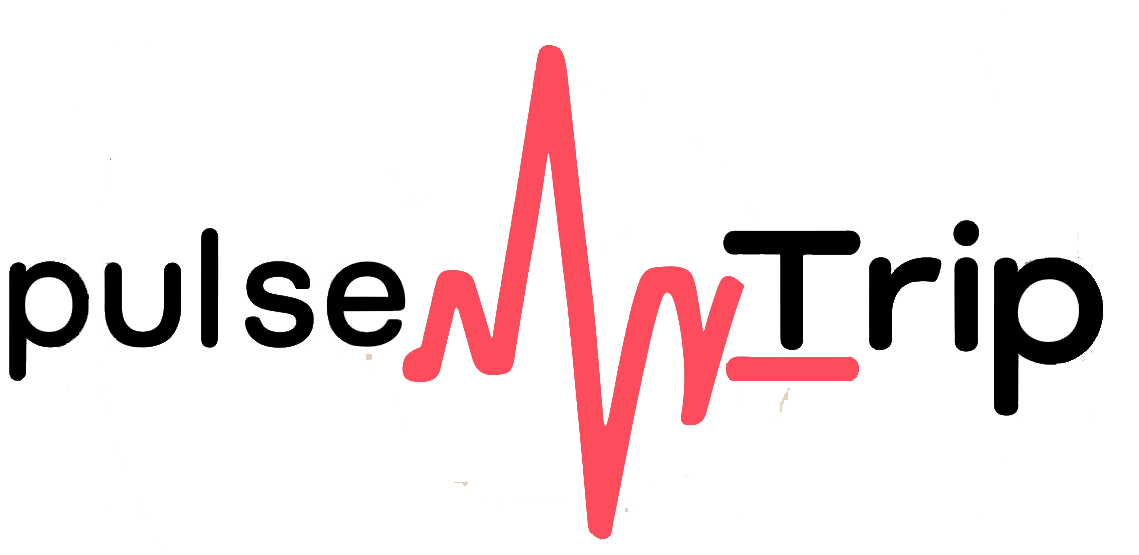A midyear snapshot of performance in the top 65 markets in the US indicates that on a trailing 12-month basis through May, RevPAR is up slightly year over year (due to slight increases in both occupancy and ADR) and this is largely driven by increases in the top three chain scales: luxury, upscale and upper upscale. Interestingly, the remainder of the US markets are slightly down year over year. Most secondary and tertiary markets have a higher concentration of midscale and economy-oriented inventory that caters to a more budget conscious travel; a consumer base that has been disproportionately impacted by the high inflationary environment. The new supply pipeline remains steady but considerably lower than long term historical averages as construction costs, and to a lesser degree interest rates, continue to suppress new construction.
It is widely anticipated by a majority of economists that inflation will either remain steady or trend downward, and the Federal Reserve Board will likely lower interest rates late in 2024. And then there is also the unknown impact of the Presidential election in the 4th quarter of 2024. That said, a certain uneasiness remains in the industry as hotel transactions continue to be slower than normal. Transaction activity has generally been the driver for other activities throughout the deal cycle, not to mention the ability of investors to place capital in deals.
Hotels are forecasting to be up in revenue for 2024, albeit at diminished increases relative to the recent past. From an operational profitability perspective, operators are cautiously optimistic along with their owners as investors continue to be challenged and remain frustrated by the transition into a lenders’ market. At least for now, the Fed’s decision to hold and not lower rates has generated some levels of frustration in the investment community. Improved market fundamentals emanating from consumer spending should assist in counterbalancing the increased borrowing costs. Some good news is that Americans are traveling and vacationing whether it is domestically or internationally. The net effect is that hotel values in most markets appear to be holding steady, although there is limited empirical data to support this notion given the dearth of transaction activity over the past 12-18 months.
As we move into the back half of 2024 and into 2025 with a wave of low interest rate loans set to mature, many owners will be faced with difficult decisions on whether to hold, sell or reposition their asset(s). While situational, we anticipate transaction activity and therefore price discovery to markedly increase near term. Given the deep reservoir of liquidity marked for hospitality investment and the limited supply of quality product available, buyers are likely to be more competitive on pricing and accept risk adjusted returns, that while below historical norms, are still deemed favorable to other asset classes in this “higher for longer” interest rate environment. Further, many owners will likely capitulate to buyer pricing to some degree in light of major asset level capex requirements and a likely surge in annual debt service. Still, it is recommended that both owners and prospective buyers consult with a professional advisor prior to making such decisions.
For the near term and throughout the remainder of 2024, the demand for travel and lodging should remain moderate. The end of the year is littered with holidays so markets will reflect these events and may be partially stymied as business travel is curtailed near the end of the year. Leisure travelers who are time-constrained but possess strong disposable income, are allocating a larger share of their budget to travel. The trend in leisure demand could also be longer term in nature, as many industry experts have recently reported signs of secular shifts in consumer spending and travel habits that prioritize experiences over purchasing consumer goods. A below average supply pipeline is expected to maintain or continue to drive ADR’s up at least for the near term.
As we approach late summer, we remain optimistic that business and group travel will pick up and provide a nice (albeit smaller than normal) “bump” to domestic demand and hopefully provide a positive trend prior to any lowering of interest rates late this year.








